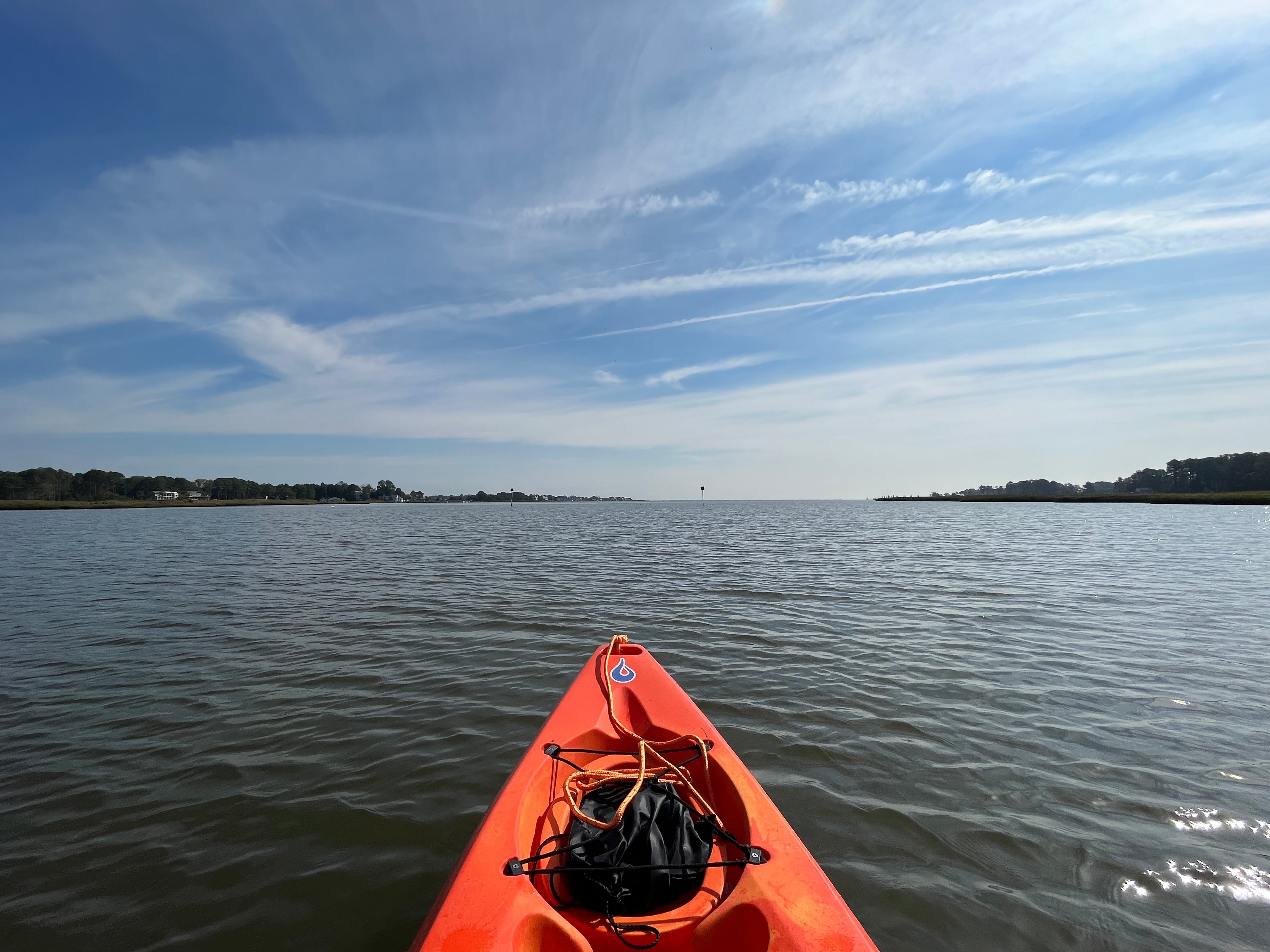
Eco-Adventure! Exploring Wildlife Through Kayaking
| Sherri Blum
As someone who appreciates the beauty of nature and the thrill of adventure, have you ever thought about combining these two passions? Let me introduce you to eco-adventures, specifically, exploring wildlife through kayaking. Kayaking offers a unique perspective for wildlife viewing, allowing you to silently glide into the heart of diverse ecosystems. This article will guide you through the unique benefits of wildlife viewing via kayaking, the best locations for these adventures, tips for responsible and effective wildlife viewing, and how to get started with your own wildlife kayaking journey.
The Unique Benefits of Wildlife Viewing via Kayaking
A Quiet Approach for Observing Animals
When embarking on a wildlife observation journey, the last thing you want is to disturb the animals. The advantage of a kayak is that it offers a silent mode of transport. Unlike motorized boats that can send animals scurrying away, the gentle, rhythmic strokes of your paddle barely create ripples, allowing you to quietly navigate the waters.
This quiet approach can make all the difference in your viewing experience. For example, you might observe a heron stalking its fish prey in the shallows, a deer cautiously sipping at the water's edge, or a turtle basking on a log. In marine environments, you might glide near a group of playful sea otters or even witness the spectacular breach of a whale. These interactions happen because the animals are less likely to be startled by your presence, giving you a front-row seat to witness their natural behaviors.
Accessibility to Remote Habitats via Kayak
Kayaks are small and highly maneuverable, allowing you to navigate narrow waterways, shallow waters, and secluded coves that would be inaccessible to larger vessels. This capability can take you to unspoiled habitats teeming with wildlife.
In the mangrove forests of Florida, for example, a kayak can slip through tunnels formed by arching trees, bringing you close to manatees, alligators, and a plethora of bird species. In the remote bays of Alaska, a kayak can take you past towering glaciers to view seals, sea lions, and perhaps even the elusive sea otters.
The kayak's ability to access these remote habitats expands the range of wildlife you can encounter and gives you the opportunity to explore the stunningly diverse ecosystems our planet has to offer.
An Immersive and Personal Experience
A kayak doesn't just transport you to the realm of the wild; it immerses you in it. In a kayak, there's nothing separating you from the surrounding environment. You can hear every splash, squawk, and rustle, smell the fresh or salty tang of the water, and feel the sun, wind, and spray on your skin.
When a curious seal pops its head out of the water nearby or a kingfisher swoops past in a flash of color, the encounters feel personal, like a shared moment between you and the creature. These experiences don't just allow you to observe wildlife; they let you connect with it, offering profound moments that can deepen your appreciation for the natural world.
Best Locations for Wildlife Kayaking Adventures
Wildlife kayaking isn't limited to a single location or even a single continent. From the coastlines of North America to the rivers of Asia, there are countless destinations that offer unique and unforgettable experiences. Let's explore some of the top places worldwide for wildlife kayaking, including the creatures you can expect to see and the best times to visit.
North America
Everglades National Park, Florida, USA
In this vast, subtropical wilderness, you can paddle through mangrove tunnels and across sawgrass prairies. The park is home to a wide range of wildlife, including alligators, manatees, dolphins, and over 300 species of birds. Winter (November to March) is the best time to visit, as the weather is cooler and the mosquito population is lower.
Johnstone Strait, British Columbia, Canada
Known as the "whale-watching capital of the world", Johnstone Strait is the summer home to over 200 killer whales. Here, you can also see dolphins, seals, sea lions, and various seabirds. Prime viewing season is from July to September when the whales return to these waters to feed on salmon.
Europe
Svalbard, Norway
If you're up for an Arctic adventure, the remote archipelago of Svalbard offers the chance to see polar bears, walruses, seals, reindeer, and a variety of seabirds. The best time to visit is during the summer months (June to August) when the ice has receded enough to allow access by kayak.
Dalmatian Coast, Croatia
Paddle in clear blue waters while observing dolphins and Mediterranean Monk Seals, along with various species of birds. The optimal time to visit is between May and September when the weather is warm, and the seas are calm.
Oceania
Katherine Gorge, Northern Territory, Australia
Navigate through ancient sandstone cliffs to see freshwater crocodiles, wallabies, and a vast array of bird species. The dry season (May to October) is the best time to visit, as the weather is cooler and the wildlife is more active.
Milford Sound, New Zealand
Discover this fjord's waterfalls, rainforests, and cliffs while viewing dolphins, seals, and penguins. You can visit Milford Sound at any time of the year, but the waterfalls are most spectacular in the rainy season (November to March).
Remember, each of these destinations has its own rules and regulations to protect wildlife. Always do your research beforehand to ensure you're observing responsibly and preserving these incredible ecosystems for generations to come.
Tips for Wildlife Viewing While Kayaking
While viewing wildlife, it's essential to respect their natural behaviors and maintain safety:
Observing Responsibly: Avoid approaching animals too closely and never attempt to feed or touch them. Your goal is to observe without interrupting their natural activities.
Safety Precautions: Some animals can be dangerous if threatened. Always maintain a safe distance, and be aware of local wildlife behaviors and risks.
Equipment: Pack binoculars for better viewing, and a waterproof camera to capture the moments. Remember to use these tools respectfully.
How to Get Started with Wildlife Kayaking
Ready for your adventure? Here's how to get started:
Guided Tours or Self-Guided Trips: Numerous organizations offer guided wildlife kayaking tours. If you prefer going solo, invest time in planning – study maps, understand the wildlife you'll encounter, and know the local regulations.
What to Expect: Every trip is unique, but always expect the unexpected. Wildlife encounters can't be guaranteed, but that's part of the thrill.
Respecting and Protecting Wildlife: Always remember that we're guests in the animals' habitats. Follow principles of Leave No Trace and local regulations to minimize your impact.
Conclusion
Wildlife kayaking provides an intimate window into the natural world that few other experiences can match. As we paddle quietly through their world, we are reminded of our connection to nature and our responsibility to protect it. So, gear up, hit the water, and prepare to be amazed by the world that awaits you in wildlife kayaking.

Leave a comment
Your email address will not be published.